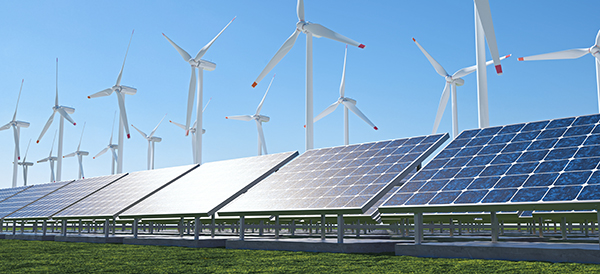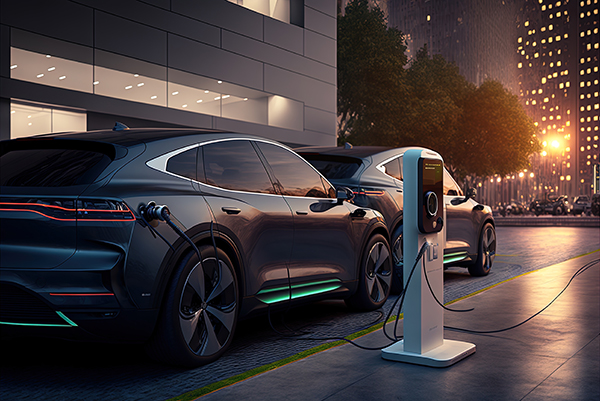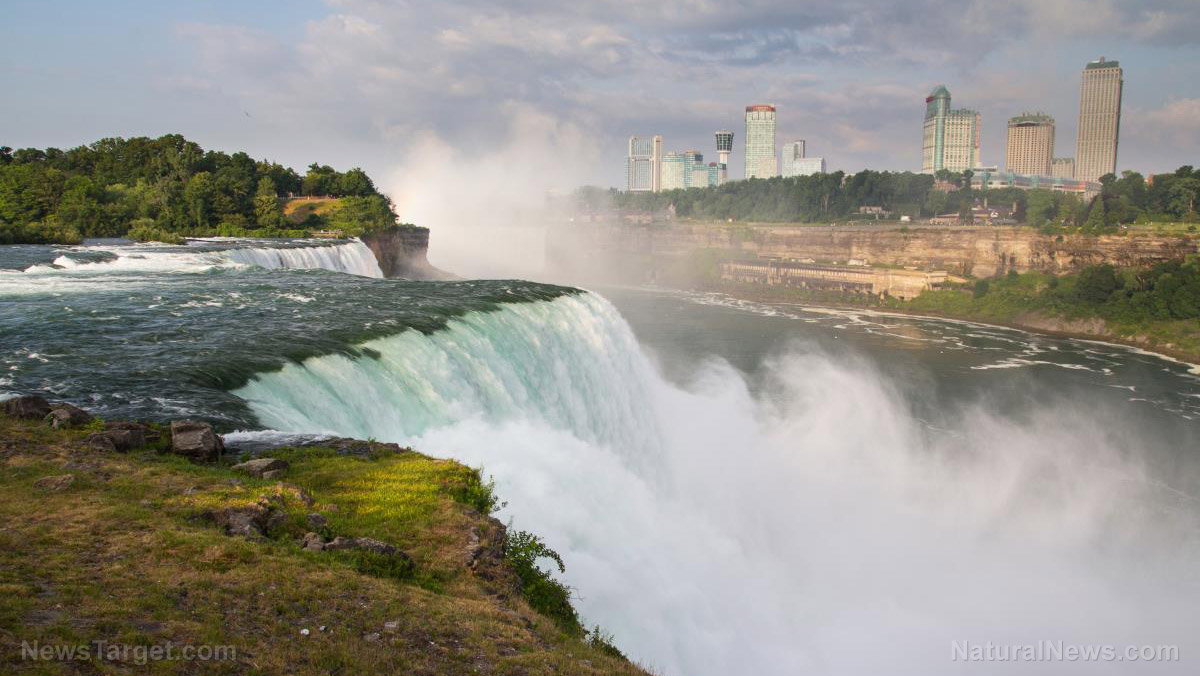World’s largest nuclear power plant in Japan remains shut down despite energy crisis
06/05/2024 / By Kevin Hughes

The world’s biggest nuclear plant, the Kashiwazaki Kariwa Nuclear Power Plant, remains inactive despite growing worldwide demand for energy and in spite of Japan’s own goal to turn away from costly imported fuels.
In spite of Japan’s goal to acquire 50 percent of its energy from nuclear sources by 2030, the plant has stayed dormant since the Fukushima disaster of 2011.
According to a recent report by Bloomberg, Japan’s goal of gaining 50 percent of its energy from nuclear power by 2030 no longer includes the Kashiwazaki Kariwa Nuclear Power Plant, which stays inactive despite being recognized for its possible output of 8.2 gigawatts, more than any other nuclear power plant currently in operation.
The Fukushima disaster initiated a nationwide review of nuclear energy in Japan and led to the shutting down of Kashiwazaki Kariwa’s seven reactors.
Debates about whether Kashiwazaki Kariwa owner Tokyo Electric Power Company (TEPCO) should be given another chance are becoming more intense in terms of current economic policies and a global revival in interest in nuclear energy.
According to International Atomic Energy Agency (IAEA) projections, nuclear power capacity might increase from 2022 levels by 140 percent by 2050.
A broader recommitment to nuclear energy as a critical resource is seen in the fact that countries like China and India are developing their nuclear programs and that Saudi Arabia is even taking into consideration nuclear options with the United States.
“It’s very important for Japan to be able to count on Kashiwazaki Kariwa again. How many countries have that idle capacity? Many countries wish they just had it,” said IAEA Director General Rafael Mariano Grossi back in March.
In Japan, it is politically hard to activate new nuclear reactors or restart existing ones.
While wind and solar power create electricity at rates that fluctuate, nuclear power generates consistent, carbon-free power. Nonetheless, it takes more than a decade to construct these facilities and produce enduring hazardous waste.
Kashiwazaki Kariwa’s restart unlikely to happen if public approval remains against plant’s reopening
Japan’s nuclear authority approved the restart of two of Kashiwazaki Kariwa’s reactors in 2017, but no official restart date was set up due to local government consent still pending.
Bloomberg reported that the issue might be considered in the next regional assembly meeting in the prefecture of Niigata, where Kashiwazaki Kariwa is located.
Again, the restart is not likely to happen unless the clear advantages exceed the memories of the earlier Fukushima catastrophe. (Related: Japan gets green light to release Fukushima radioactive water into Pacific Ocean.)
This is occurring while the administration of Prime Minister Fumio Kishida reviews Japan’s energy strategy.
This is a daily evaluation that includes multiple stakeholders and might alter the country’s nuclear energy goals despite criticism for its lack of clean energy attempts.
One factor Kishida’s administration is looking at is Japan’s considerable dependence on imported energy, which accounts for 70 percent of the country’s electrical needs and the fact that stable energy supply and prices could not be guaranteed by Japan.
This is especially true considering that 21 nuclear reactors are presently inactive in Japan.
“We need to secure a stable electricity source for our customers – it’s important to have some source that’s not dependent on overseas fuel imports,” Tepco president Tomoaki Kobayakawa announced in an April statement to media.
Meanwhile, Japan’s electricity utilities agree that completely new reactors are needed. The sector’s leading industry group, the Federation of Electric Power Companies of Japan, in April demanded a definite policy proposal from Kishida’s government to help guide future energy investments.
Investors are already lining up for nuclear power’s revival with Tohoku Electric leaping the most since 2013 recently on possibilities for its Onagawa No. 2 reactor to restart. Kyushu Electric Power Co., on the other hand, raised 30 billion yen ($19.1 billion) amid strong demand for the country’s first environmental bond linked to the funding of atomic power projects.
Follow Nuclear.news for more news about nuclear power plants in Japan, America and other countries around the world.
Watch the video below about the Fukushima Nuclear Power Plant discharging radioactive wastewater into the Pacific Ocean.
This video is from the Cynthia’s Pursuit of Truth channel on Brighteon.com.
More related stories:
Clean energy breakthrough: eVinci nuclear microreactor from Westinghouse receives DOE contract.
Mysterious radiation leak forces city in Russian Far East to declare state of emergency.
Rolls Royce wants to build MINI NUCLEAR POWER PLANTS in Ukraine.
Sources include:
Submit a correction >>
Tagged Under:
big government, Clean Energy, electricity, energy crisis, energy supply, Fukushima, Fukushima Disaster, green living, Green New Deal, Japan, Kashiwazaki Kariwa Nuclear Power Plant, nuclear energy, power, power grid, rationing, renewable energy, scarcity, supply chain
This article may contain statements that reflect the opinion of the author
RECENT NEWS & ARTICLES
PowerGrid.News is a fact-based public education website published by Power Grid News Features, LLC.
All content copyright © 2018 by Power Grid News Features, LLC.
Contact Us with Tips or Corrections
All trademarks, registered trademarks and servicemarks mentioned on this site are the property of their respective owners.


















